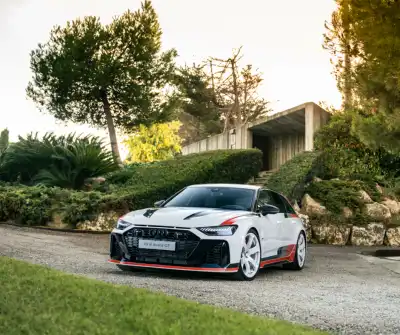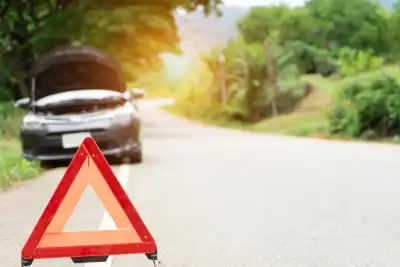
Teenagers eagerly anticipate a newly found source of independence as they head toward adulthood, but this anticipation is often met with trepidation by parents and caregivers.
As a result, the topic of how young is too young comes up for discussion.
So, how can you navigate this tricky dilemma? What factors influence young drivers’ safety? And what steps can be taken to mitigate the risks?
Minimum Driving Age & Rules
In the UK, most people recognise the minimum driving age as 17, though, in practice, it's not quite that simple.
While vehicles defined as ‘Category B’ by the DVLA – cars and motorcycles – can’t be driven or ridden by people until they’re 17, those receiving the higher rate of Disability Living Allowance can start driving at the age of 16.
In addition, vehicles falling into ‘Category AM’ – mopeds and scooters – can be ridden by people at the age of 16, regardless of their circumstances. However, you must complete a Compulsory Basic Training course first.
Of course, before you get behind the wheel, you must have a provisional driver’s licence, which costs £34 and can be applied for via the DVLA website.
You can apply for a provisional driving licence from the age of 15 years and nine months, though you won't be able to drive (or ride) until you reach the required age.
Rules For Learners
If you’re getting behind the wheel without a full licence, you must use ‘L’ plates on the front and rear of the vehicle (or ‘D’ plates in Wales).
At all times, you must be accompanied by someone who has held a full licence for at least three years – and that person must be at least 21 years old.
The law was changed in 2018 to allow learner drivers to use motorways (provisional licence holders were banned from motorways until then). Still, you must be accompanied by a qualified driving instructor and be in a car with dual controls.
You must pass a theory test before you can attempt your practical driving test, though you don’t need to pass or even attempt your theory test before getting behind the wheel with a provisional licence.
Once you pass your practical test, using green ‘P’ plates is optional.
Note that there are different rules for Northern Ireland.
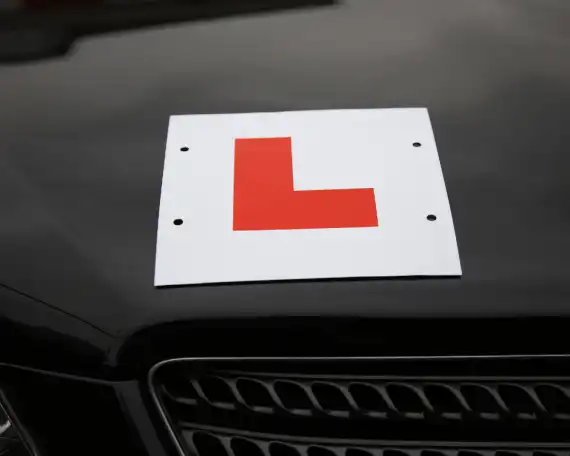
Young Driver Safety
It won't surprise you to hear that young motorists are at a higher risk of being in accidents compared with older age groups.
This is backed up by any number of surveys, with the Royal Society for the Prevention of Accidents (RoSPA) highlighting the 17 to 24 age group in particular.
Inexperience, more willingness to engage in risk-taking and limited driving skills are all contributing factors.
Gender
It also won’t shock you to hear that gender also has a role to play, with young male drivers far more at risk than females.
Statistics from the Department for Transport showed that males aged 17 to 19 were three times as likely to be killed behind the wheel than females.
As a result, young men are likely to face much higher insurance premiums than their female counterparts.
There have been no studies to date to ascertain the extent to which such statistics can be applied to transgender individuals.
Beware The Race To The Driving Test
One thing that should be discouraged is young drivers being too eager to take their practical – especially if they feel in competition with their peers at school to be first.
While good planning is to be commended, those that get their theory test out of the way so they can have a couple of lessons behind the wheel and then put themselves in for their practical test should be discouraged.
It takes time to get used to a vehicle, navigating junctions, slip roads, roundabouts, different types of roads, weather and lighting conditions – and that’s even before we get to drive the vehicle itself.
Having spent the first 17 years of your life sitting next to someone else driving, it can feel bizarre to be the one in the driver's seat and takes some getting used to.
In addition, building up confidence and intuition behind the wheel are skills that can only be developed through practice, practice and more practice.
It is usually recommended that you have 30 hours of tuition at the very least, with some sources, including the DVSA (Driver and Vehicle Standards Agency), suggesting 45 to 50 hours of education as a minimum.
An hour a week for a year, or two hour-long lessons a week for six months, is likely to be more suitable to ensure you have sufficient experience to take your test and go it alone.
Some courses will get you through your test in just five days, with a full week's intensive tuition culminating in a fast-tracked practical test at the end.
These can save you a considerable amount of time and money. But, while there can be advantages to this, they won’t necessarily prepare you for real-world driving as much as regular weekly or twice-weekly lessons spread out over a longer period.
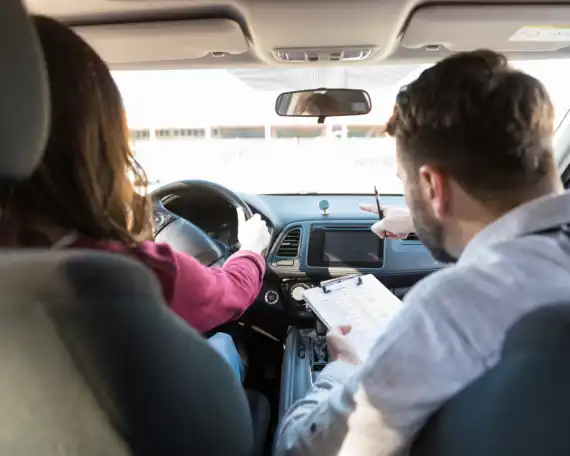
Driver Training And Education
Numerous training initiatives aim to support young drivers in the UK.
One of the most prominent is the Pass Plus scheme, which provides additional driving tuition after passing the practical driving test.
This can cover areas such as motorway driving, nighttime driving, plus driving in lousy weather, amongst others. Lessons can be arranged with your existing driving instructor if they are registered with the scheme.
Pass Plus encourages responsible driving practices and helps enhance young drivers’ confidence behind the wheel.
Some insurance companies will also give discounts to those who do the course.
In addition, there is a perfectly legal way of putting children behind the wheel when they’re underage and without a licence.
Many firms offer child-focused driving experiences, including Land Rover, which will put anyone aged 11 or over behind the wheel with an instructor navigating an off-road course.
While this most certainly isn’t intended as a direct replacement for driving lessons, taking a teenager on one of these promises a fun day out. It could give them a little boost of confidence and familiarity when they have their first proper lesson.
Insurance Considerations
Insurance can significantly mitigate the risks to young drivers by encouraging and rewarding good driving standards.
Insurance premiums are all based on risk, and with younger drivers being the most likely to be involved in accidents, you’ll pay much more to insure a younger driver, sometimes into thousands of pounds.
But there is a win-win solution that involves cutting your premiums by driving safely.
Telematics insurance policies – perhaps more commonly known as "black box" insurance – involve fitting a device to your car which monitors your speed and driving habits.
This incentivises safe driving while at the same time discouraging and, effectively, punishing bad or dangerous driving, in particular excess speed.
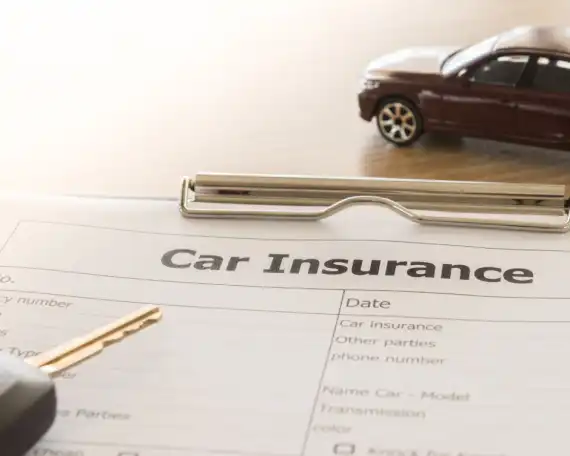
Influence of Parents or Guardians
The involvement of parents or guardians is critical in shaping young drivers' attitudes towards road safety.
Research suggests that they play an active role in their child’s driver training and supervision.
As such, it’s vitally important to communicate, set boundaries and provide guidance to children, which can shape habits among young drivers.
Conclusion
Working out a minimum driving age is a difficult decision that may have no right or wrong answer.
It's a tricky balancing act with young people yearning for freedom and independence while parents' concerns are to prioritise their safety behind the wheel.
Ultimately, it comes down to trust – and you are the best judge based on your knowledge of the person in question.
But there are plenty of ways to promote safety, as we’ve discussed.
By setting an excellent example to your child, offering sensible and encouraging guidance, ensuring lessons are taken slowly and steadily, doing the Pass Plus or other advanced post-test driving courses, plus getting ‘black box’ insurance, you’ll be maximising the extent to which the risks are minimised.


